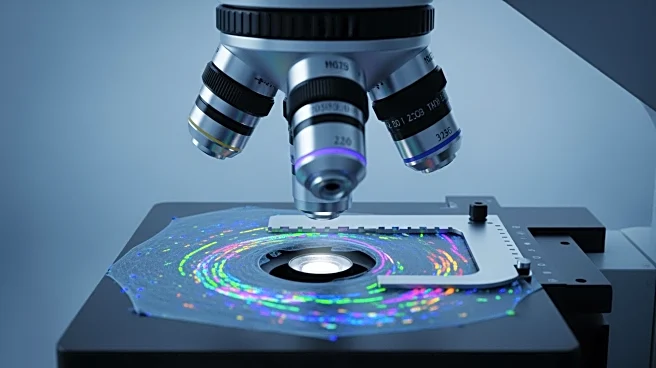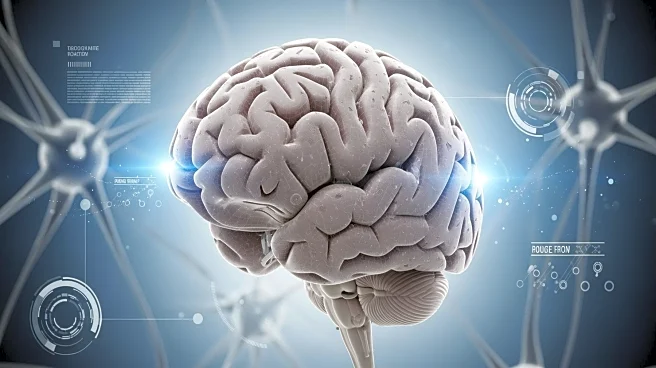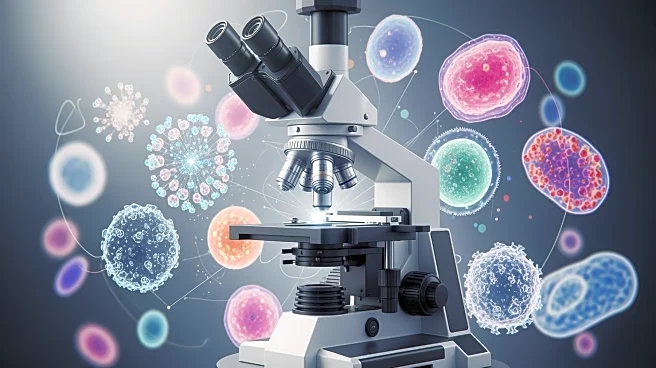What's Happening?
Recent advancements in spatial biology techniques have enabled high-resolution spatial transcriptomic analysis to study gene expression within specific brain regions. A study has uncovered learning-induced
gene expression changes in the retrosplenial cortex (RSC) during memory consolidation. Using single-cell resolution spatial transcriptomics, researchers identified pathways related to transcriptional regulation, protein folding, and memory consolidation. The study demonstrated that inhibiting the activation of RSC excitatory neurons after learning impairs long-term spatial memory. This research provides detailed insights into the spatial and cellular context of gene expression, revealing the molecular underpinnings of memory processes.
Why It's Important?
The findings from this study have significant implications for understanding the molecular basis of memory consolidation, which is crucial for developing therapeutic strategies for memory-related disorders. By identifying specific gene expression changes and pathways involved in memory processes, researchers can target these mechanisms to enhance memory function or mitigate memory impairments. This research also highlights the potential of spatial biology techniques in providing a comprehensive understanding of brain function at a cellular level, which could lead to breakthroughs in treating neurological conditions.
What's Next?
Future research may focus on exploring the therapeutic potential of modulating the identified gene expression pathways to improve memory consolidation. Additionally, the application of spatial biology techniques could be expanded to study other brain regions and cognitive functions, providing a broader understanding of brain health and disease. Researchers may also investigate the role of these gene expression changes in various neurological disorders, potentially leading to new treatment approaches.
Beyond the Headlines
The study's use of advanced spatial transcriptomics techniques underscores the importance of technological innovation in neuroscience research. By enabling precise mapping of gene expression changes at a cellular level, these techniques offer new opportunities for understanding complex brain functions and developing targeted therapies. The ethical implications of manipulating gene expression in the brain for therapeutic purposes will also need to be considered as this research progresses.











